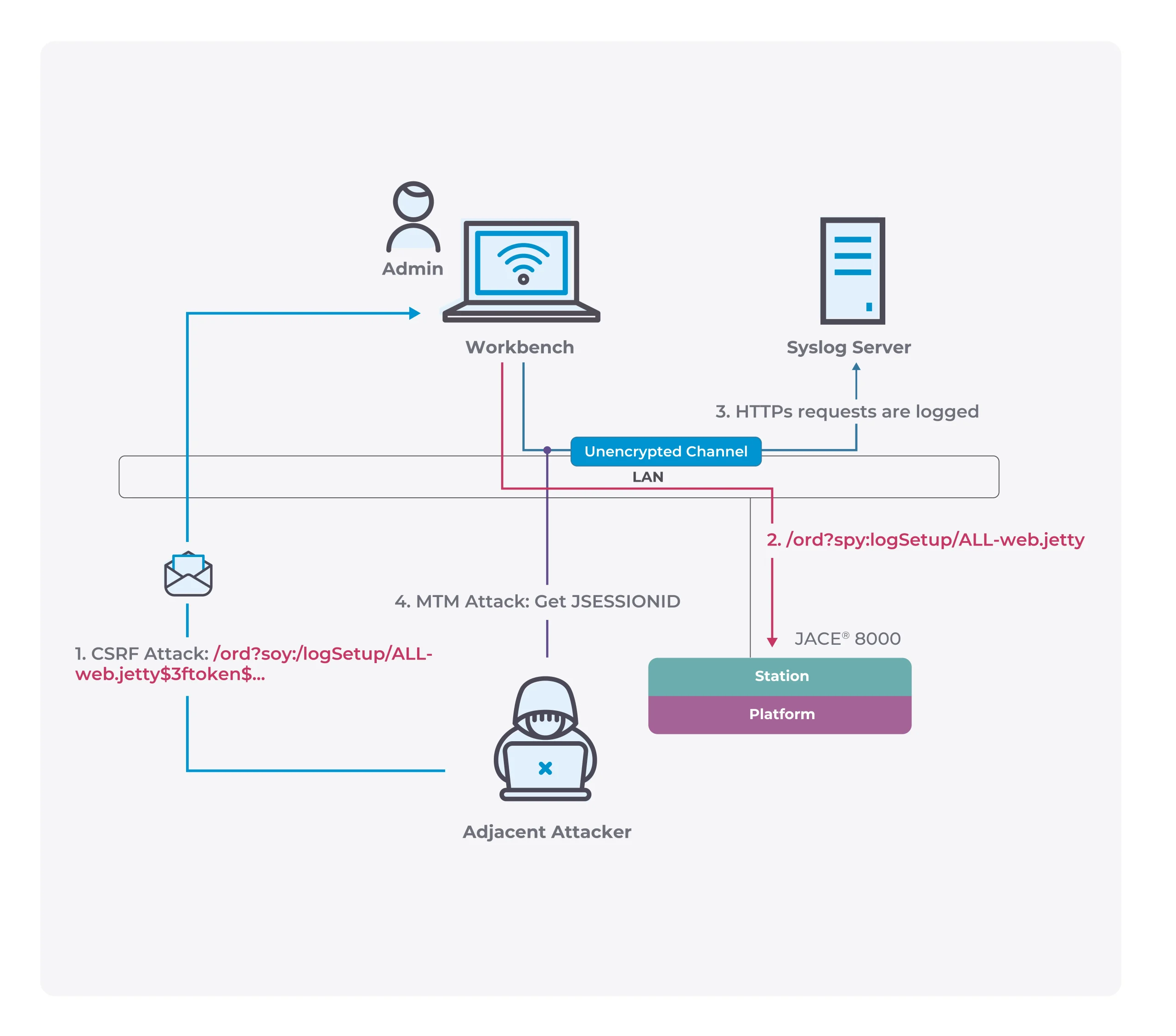7 Tips On How We Can Contribute To Efficient E-Waste Reduction
Since the 18th century (when we started making things on an industrial scale), the amount of waste produced was not equivalent to the amount we dissolved, but we disposed of much more. This in turn created what is now known as a global issue, massive pollution causing serious damage to the natural ecosystem of our Earth. The burning of fossil fuels, the cutting of wood, and the toxic chemicals we dispose of in natural rivers and the ground are all concerning matters. Yet, the new era (the era of digitalization) created yet another issue we have to deal with: e-waste.
Unfortunately, we have become so dependent on technology that it is impossible to work or live without it, and although there are many benefits to it, the problem of waste remains. How can we change that? And are there ways to efficiently reduce it? In the text below, we’ll discuss exactly that and more. Read on as we display seven tips on how to contribute to effective e-waste reduction.

What exactly is e-waste?
For starters, we have to understand what e-waste is. In a nutshell, all the consumer electronic devices which are of no use are categorized under e-waste; all TVs, tablets, laptops, computers, phones, even earphones, scanners, printers, projectors, and the list goes on, covering home appliances such as air conditioning, washing machines, lamps, and remotes. As the issue grows more concerning, it has prompted us, humans, to come up with new and innovative ideas for handling waste, and these methods are available to all of us.
1. Recycling centers
These centers have been popping up in the last several years and offer amazing services. Most recycling centers are not only taking care of all the spare parts left from the devices, but they also specialize in the safe removal and storage of data. If you have a small business or run a company, you should consider electronic recycling as the centers will ensure your data stays intact while all the other waste is being 100% recycled and taken care of. Also, look for certified centers that are following strict requirements and regulations, as not all are responsible for the duty they have been entrusted with. So, no matter whether you own a company or are a single individual with a few spare devices in your house, going to the nearest recycling center is the first step in contributing to the reduction of waste we leave behind.
2. Look for send-back policies
Many companies and service providers have adopted a “send-back” device policy, which allows you to give your old device and receive a discount for your next purchase. This policy is an attempt by big companies to contribute to the e-waste problem, and thankfully, more and more retailers are also catching up to the trend. Look for these stores and ask around whether they’ll accept your old device or not, and if there is something in it for you as well.
Other companies offer a completely different service; “drop-off” points. These are mostly simple containers, and the companies later come and clear the bins, taking care of their content in a responsible manner. You can download an app with all the drop-off points near you, or simply look them up online.
3. Donating and selling
This one is pretty plain and simple. You can either donate your old electronic devices or sell them online. Donations are accepted by most aid shelters, and some of the devices are then used for educational purposes or are simply given to people who cannot afford them. Selling is the most common way of getting rid of your old electronics. The devices are still being used by someone, reducing waste.
4. Use data storage services
By using the cloud, or other storage services, you can access your data from anywhere at any time, and this, in turn, reduces the need for new storage devices. By simply having all your data in one place, you’ll minimize the environmental footprint we usually leave behind.
5. A forgotten service: renting
Sometimes we need certain devices to occasionally use, such as projectors for presentations or movie nights with friends, or printers for printing pamphlets or other promotional material. Instead of instantly buying the device and using it twice a year, we could rent it. Projectors, in particular, are being rented all the time for various purposes; when it comes to printing, there are plenty of copiers offering the service for a few cents per page.
6. Shop only when you need it
Yes, we know it’s tempting to buy a new tablet even though the old one is working perfectly fine, but one of the many ways to contribute to e-waste reduction is simply not buying new devices. Most of our old phones, tablets, laptops, and TVs are perfectly fine and working great, and sometimes the only reason we buy the new model is due to marketing. Keep your old device, and instead invest the saved money in something else.
7. Protect and manage your devices
We want to elaborate on the previous point, as the only way to extend the life of your devices is to protect them. Simply, be more conscious about e-waste and how we can contribute to its handling. Protect the devices you’ve got, like buying a case for your phone, updating the software, and buying a screen protector. This way, you’ll eliminate the need to buy new ones.

The main reason why e-waste consciousness is important is that it gives us a cleaner and better future. Our planet has been taking hit after hit for the past 200+ years, and according to some predictions, we’ll reach the pinnacle in the next several decades. Chances are some of us will still be alive when the waste issue becomes so big that it will take radical methods to solve it.





